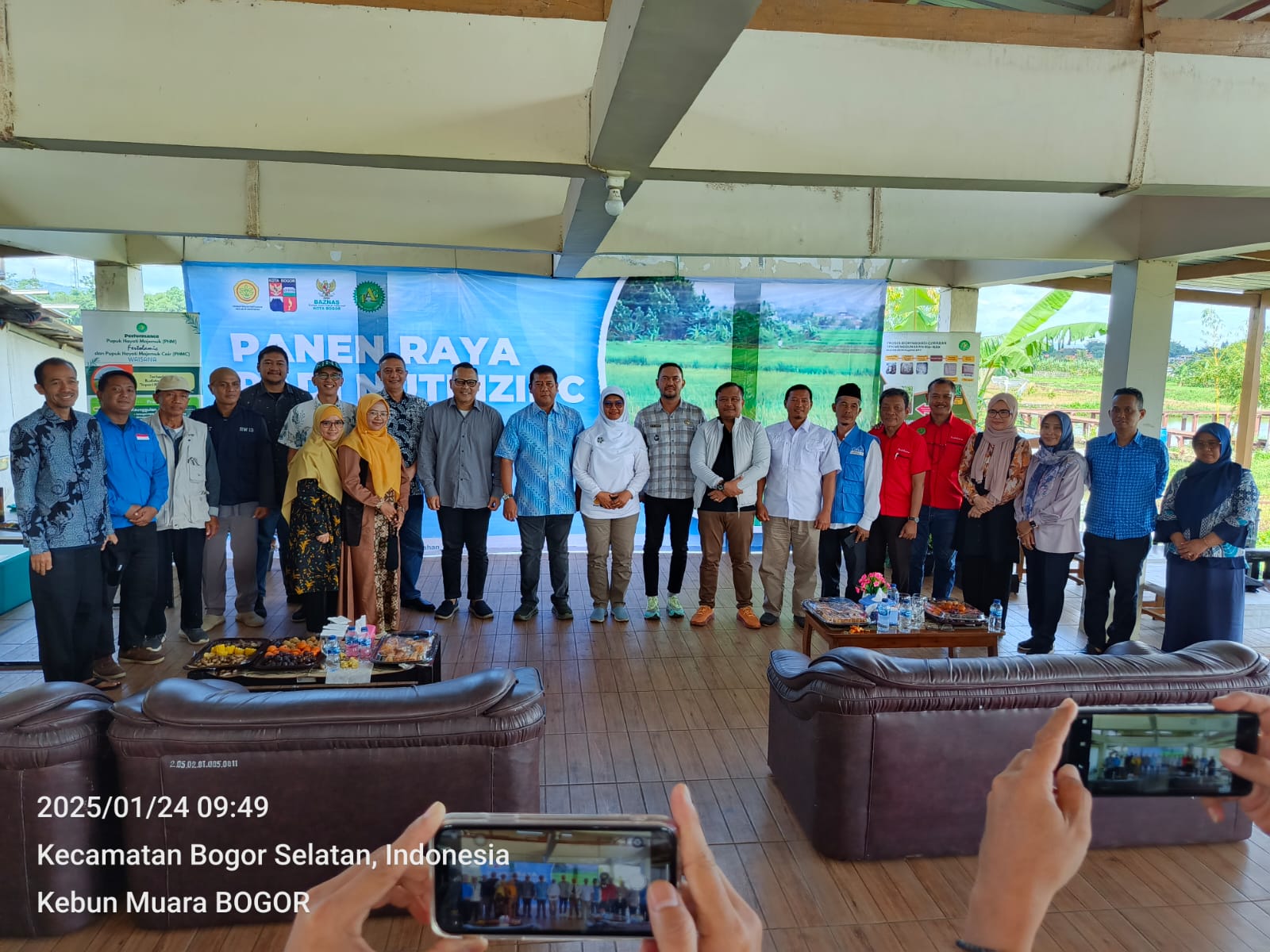In a significant move to address child malnutrition, Kelurahan Pasir Jaya in Bogor Barat, Indonesia, recently celebrated its second harvest of NutriZinc rice. This initiative is part of a broader strategy to combat stunting—a condition marked by impaired growth and development in children due to chronic malnutrition.
The program is a collaborative effort with the Instalasi Pengujian dan Penerapan Standar Instrumen Pertanian (IP2SIP) Muara, under the Balai Besar Pengujian Standar Instrumen (BBPSI) Padi of the Ministry of Agriculture. Lurah Pasir Jaya, R.G.M. Yudhistira, emphasized the uniqueness of this initiative, noting that it is the first of its kind among Indonesian sub-districts. He highlighted the community’s commitment to accelerating stunting reduction through successive NutriZinc rice harvests.
Growing Yields and Expanding Impact
The recent harvest covered a 5,000-square-meter plot, yielding approximately 2.5 tons of NutriZinc rice. This marks a significant increase from the previous harvest, which produced 1.3 tons from a 2,500-square-meter area. Yudhistira attributes this success to the collaborative efforts of multiple stakeholders, including BBPSI Padi, which provided land, seeds, fertilizers, pesticides, and management expertise. The harvested rice is then purchased by partners such as the Badan Amil Zakat Nasional (Baznas).
Baznas has set an ambitious target of achieving a 10-ton yield in future harvests. Yudhistira believes this is attainable through a comprehensive collaboration encompassing all stages, from production to distribution. He underscores the importance of building an effective ecosystem to support this goal, requiring commitment from multiple sectors.
PT Tridi Ageng Gemilang’s Contribution: Enhancing Zinc Content
A key contributor to the program is PT Tridi Ageng Gemilang, a specialist in probiotics, clean production in agriculture, and zero-waste solutions. The company introduced its organic fertilizer, Fertolamic, to test its impact on NutriZinc rice production. The results were promising—rice fertilized with Fertolamic demonstrated a higher zinc content, reinforcing the effectiveness of organic and sustainable farming solutions in enhancing nutritional value.
This breakthrough aligns with Indonesia’s biofortification strategy, ensuring that locally produced rice not only increases yield but also delivers superior health benefits to communities most vulnerable to malnutrition.
Leveraging the Pentahelix Model for Sustainable Growth
The Pentahelix model—a framework that fosters collaboration among government, academia, business, community, and media sectors—has been instrumental in the NutriZinc rice initiative. This model has been recognized as an effective approach to accelerate stunting reduction in Indonesia, leveraging the strengths of each sector to create a synergistic effort toward a common goal.
NutriZinc Rice: A Game-Changer in Malnutrition Reduction
NutriZinc rice, developed by the Indonesian Center for Rice Research (ICCR) with support from HarvestPlus and the International Rice Research Institute (IRRI), is Indonesia’s first zinc-biofortified rice variety. By 2020, it was cultivated across nine provinces with high stunting rates. The biofortification process enhances the rice’s zinc content, a crucial nutrient for child development.
A Model for Future Public Health Initiatives
The success of Pasir Jaya’s NutriZinc rice program exemplifies the power of collaboration in addressing public health challenges. By integrating resources and expertise from multiple stakeholders, including government institutions, private companies, and non-profit organizations, the community is making significant strides in combating stunting and improving child nutrition.
With the continued support of partners like PT Tridi Ageng Gemilang, BBPSI Padi, and Baznas, this initiative could serve as a national model for sustainable agricultural and health interventions.
Read More






 Tuesday, 04-11-25
Tuesday, 04-11-25







